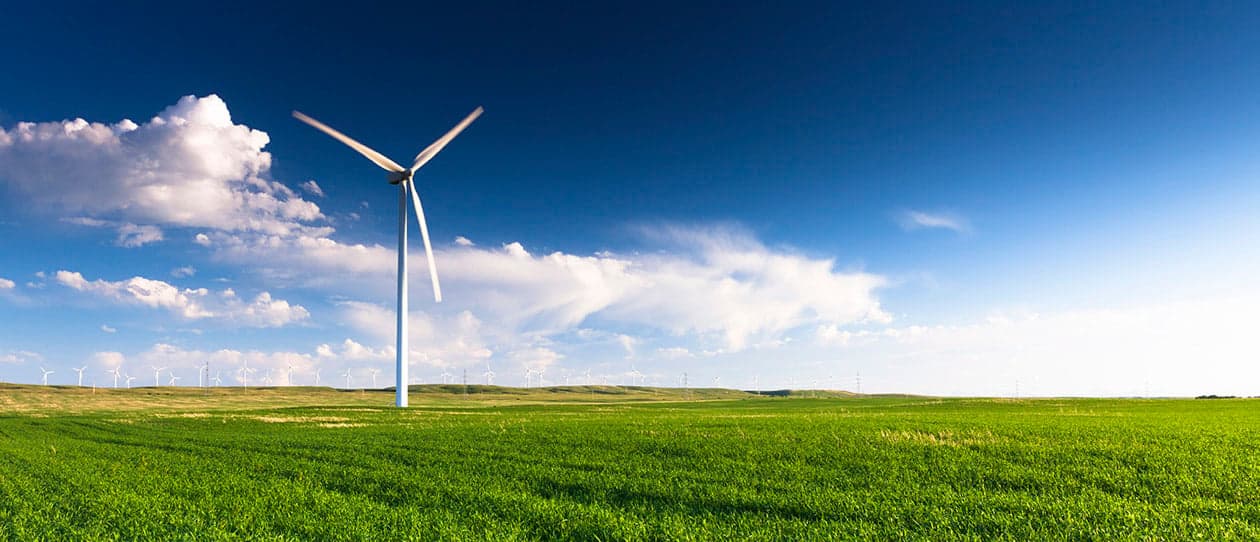
- Health hub/
- Tips & Advice on Improving your Everyday Health/
- Respiratory illness & global warming- part 1


The health of the human race is dependent on the health of our planet, and many of us already have an opinion on the looming threat of global warming and its impact.
Expert opinion has identified major health impacts on the global population as a result of climate change, with the World Health Organisation (WHO) acknowledging that climate change is a major environmental risk to health. The WHO estimates that current climate change is responsible for increased cases of serious worldwide illness such as diarrhoea, malaria and dengue fever as well as death and disability adjusted life years.
These health impacts are expected to continue and increase significantly over the next few decades. Researchers have identified 6 major areas of concern including the direct effects of heat, extreme weather events, air pollution-related health effects, water and food borne infectious diseases, vector-borne and zoonotic diseases (those that pass from animals to humans) and other pathogens sensitive to weather conditions.
Some of these health concerns may already be evident in our population. Epidemiological studies have reported an increase in respiratory illnesses such as asthma and hay fever over recent decades and although there are many theories, no one has been able to explain exactly why. This increase has occurred at the same time as anthropogenic (man made) climate change such as increased atmospheric carbon dioxide concentration and global average surface temperature. Some researchers are now suggesting there may be a link.
Plants have an interesting response to increased carbon dioxide and warmer temperatures. It appears that some plants generally produce a greater quantity of pollen over a longer period of time with earlier and extended pollen season. The pollen itself is possibly more allergenic due to the warmer temperatures. Obviously this varies across species, so as an example researchers looked at how common ragweed responded to these conditions.
Ambrosia artemisiifolia, or ragweed, produces highly allergenic pollen that can be a trigger for allergic asthma. Ragweed grown in the trial grew larger, matured faster and had increased pollen production when grown in a higher carbon dioxide environment. Grass pollen, Japanese cedar tree and birch pollen production may increase with a warmer climate. Increased pollen production and season length could pose a problem for allergenic individuals experiencing asthma and hay fever.
Another aeroallergen of concern is mould. There is still much work to be done to establish how mould and importantly mould spores respond to changing environmental patterns; however a small scale study has suggested mould spores of Alternaria, a common mould, experienced significant changes in seasonal onset, peak concentrations and season length with warmer temperatures.
Indoor mould can be of increased concern as the climate gets hotter and wetter, particularly in response to extreme storms. Extreme storms create the perfect opportunity for moulds to grow and have already been seen to create significant impacts on respiratory morbidity, for instance in the aftermath of Hurricane Katrina in the US. As climate change experts are predicting that extreme weather such as cyclones and hurricanes will become more frequent, indoor mould may become a significant air borne allergen.
The emerging findings from a small but growing body of research provide a strong argument for more thorough investigation into the impacts of climate change on allergic respiratory disease.
References available on request




